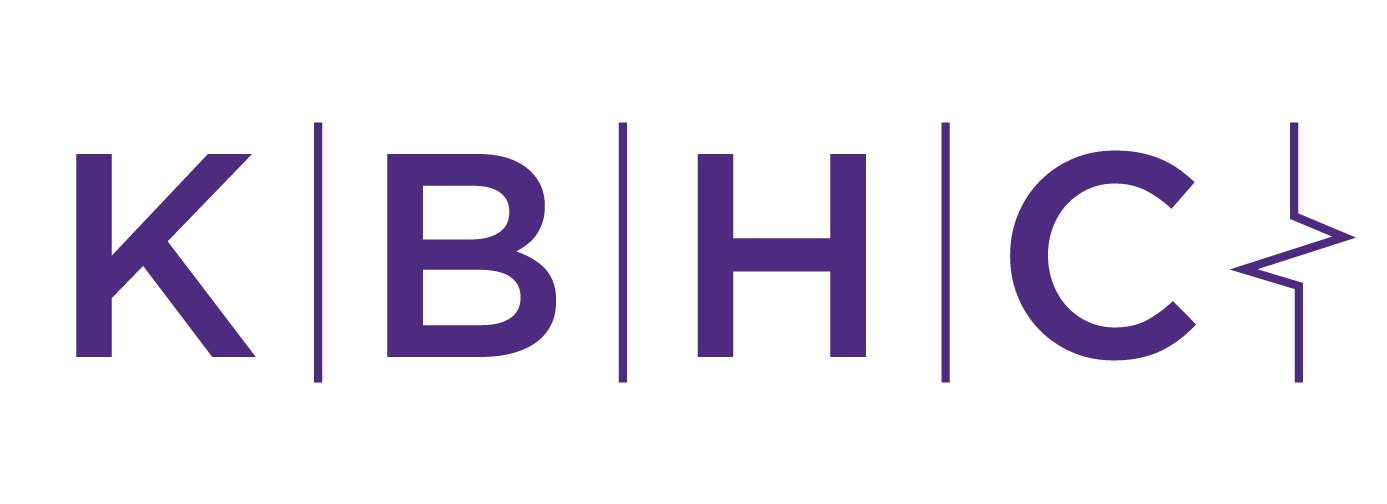Telehealth Requires Better Electronic Medical Record Integration
Telehealth and telemedicine had been sparingly utilized in the US since the 1960s. However, their role expanded drastically over the course of the pandemic, as physicians and patients grapple with managing complex chronic disease while minimizing exposure and transmission of a virus. Nevertheless, if telehealth is here to stay, it should do more than merely replace the in-person patient-physician visit but serve to improve and enrich the experience. Otherwise, as providers and patients have the option of returning to clinics and offices, telehealth may find itself relegated to disuse. While there are many EMRs that have started this integration process including Epic and Athena, a recent survey in August 2020 found that only 17.4% of providers work with a fully integrated EHR and telehealth system while 32.6% claim no integration at all, suffering from a lack of synchronization and inefficiencies.[1]
As a primary care physician serving a largely under-resourced populations of patients receiving Medicare, I am in awe of how telehealth has bridged what may have been gaps in patient care without compromising convenience. However, while telehealth can increase access to certain patients, such as those living in rural communities or in under-resourced areas without home health alternatives, it can also exacerbate inequities.
The premise of telehealth being successful lies in infrastructure and technology. While these commodities may be ubiquitous in certain communities, deficiency in video/phone capabilities, a steady internet connection, support for patients that suffer from physical and mental handicaps, and lack of technological acumen serve as potent barriers to make visits productive. According to a recent Michigan study, just 64% of older Americans said they were “comfortable with video conferencing technologies” which would leave an estimated 40 million Americans to defer care, be lost to follow-up, and suffer from non-engagement.[2]
To combat this, telehealth support should extend to all parties involved in the visit, since virtual for the first time has made not only providers dependent on technology but their patients as well. Otherwise, it stands to leave patients in the lurch, decreasing patient satisfaction, compromising quality metrics, and promoting wasted productivity. Better synergy between telehealth and EMR may enhance troubleshooting capabilities since everything would fall under one central umbrella as patient care should be.
In addition, utilizing different platforms for telehealth, EMR as well as real-time communication among clinical support staff creates more difficulty in producing one cohesive visit. While providers aim to paint a clinical picture congruent to the patient’s subjective experience, a disconnect between operating telehealth software and documentation may seemingly amplify a rift between patient and provider when factors prevent them from sharing space in the same room.
Some of the motions that tend to be more fluid with an in-person visit now appear more truncated virtually, much akin to taking a drive on the highway only to be peppered with stoplights and stop signs. Lack of integration with virtual care calls for inefficiencies in workflow and potential inaccuracies in documentation as the provider must spend extra time shifting between different operating systems while also communicating to the remote clinical team what ancillary measures the patient needs, including scheduling, lab works, and specialty referrals.
If integration among telehealth and EMR is not addressed then each visit serves to be as fragmented as our healthcare system, which does not promise extended utilization post-pandemic nor better patient care.
ABOUT THE AUTHOR
Palak Shah, MD, MPH is a first year E&W MBA student. He also currently serves as a Value-based Care Leadership Fellow and primary care physician at Oak Street Health. Prior to fellowship, he completed his family medicine residency at a safety net hospital on Chicago’s west side. With a background in public health, Palak is passionate about preventive care, patient advocacy, and addressing psychosocial inequities in both health and wealth.

